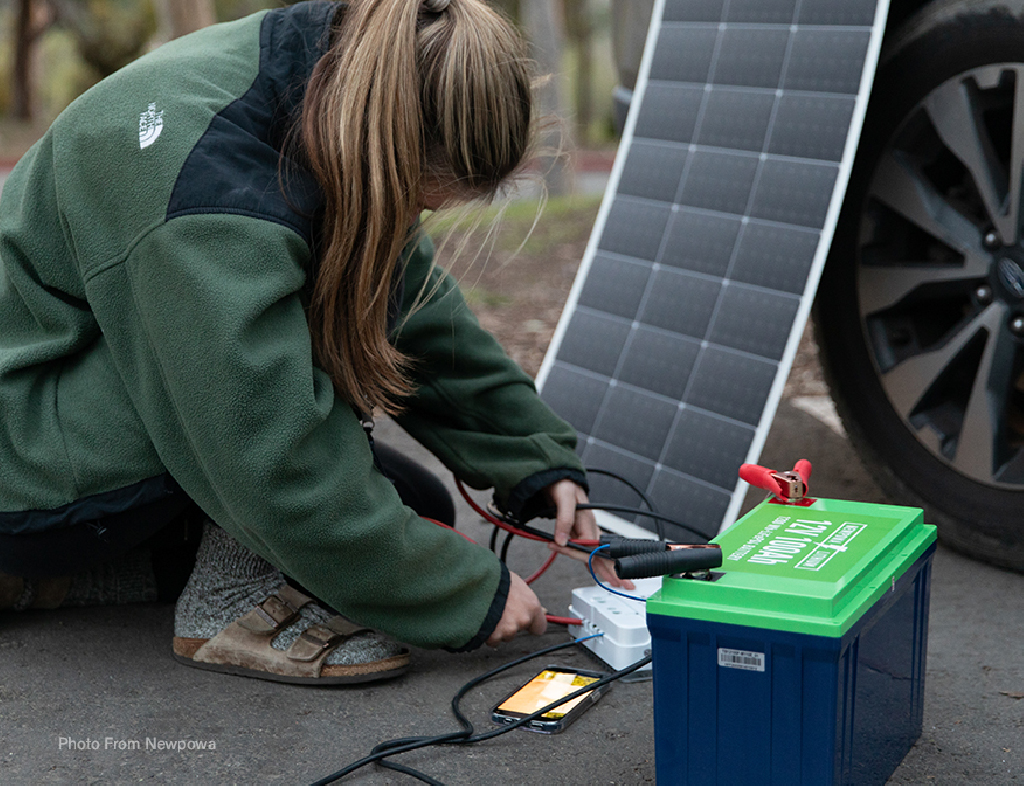WHERE DO I MOUNT MY BATTERIES? A GUIDE FOR OFF-GRID SOLAR APPLICATIONS
14th Aug 2024
Mounting batteries for your off-grid solar system is a crucial step that affects the efficiency, safety, and longevity of your energy storage. The location and method of installation can significantly impact the performance of your entire setup. Here’s a guide to help you decide where to mount your batteries for optimal results.
Indoor vs. Outdoor Installation
Indoor Installation
Pros:
- Temperature Control: Batteries are sensitive to extreme temperatures. Indoor installation allows you to maintain a stable temperature, which can extend battery life and improve efficiency.
- Protection from Elements: Indoors, batteries are protected from weather conditions such as rain, snow, and direct sunlight, reducing the risk of corrosion and physical damage.
- Security: Indoor installation offers better protection against theft and vandalism.
Cons:
- Space Requirements: Batteries take up significant space, which may be limited in certain settings.
- Ventilation Needs: Proper ventilation is sometimes necessary to prevent the buildup of gases, particularly for lead-acid batteries, which can emit hydrogen gas during charging.
Outdoor Installation
Pros:
- Space Efficiency: Outdoor installations free up valuable indoor space for other uses.
- Accessibility: Batteries installed outdoors are easier to access for maintenance and replacement.
Cons:
- Weather Exposure: Batteries need protection from weather extremes, which can be mitigated with weatherproof enclosures.
- Temperature Fluctuations: Outdoor temperatures can vary widely, potentially affecting battery performance and lifespan.

Best Practices for Mounting Batteries
Choose the Right Location
- Stable Temperature: Aim for locations that maintain a consistent temperature. Basements, garages, and dedicated battery spaces are excellent indoor choices. For outdoor setups, use insulated and ventilated enclosures.
- Dry Environment: Keep batteries away from moisture and potential flooding areas. Elevate them off the ground if necessary.
- Ventilation: Ensure adequate airflow around the batteries to dissipate heat and, for lead-acid batteries, to vent gases safely.
Secure Mounting
- Sturdy Racks: Use strong, stable shelving or racks with retention straps to support the weight of the batteries. This also prevents them from shifting and possibly getting damaged.
- Earthquake-Proofing: In areas prone to earthquakes, secure batteries with straps or brackets to prevent them from tipping over.
Accessibility
- Easy Maintenance: Install batteries in a location where they can be easily accessed for regular maintenance and inspections.
- Clear Labeling: Clearly label battery connections and maintain an organized setup to simplify troubleshooting and maintenance.
Special Considerations for Off-Grid Systems
For off-grid solar applications, reliable battery storage is paramount. Off-grid systems typically require larger battery banks to ensure a steady power supply during periods without sunlight. Here are a few additional tips:
- Proximity to Inverter and Charge Controller: Mount batteries close to the inverter and charge controller to minimize energy loss through cabling.
- Scalability: Plan for potential future expansion by ensuring your mounting setup can accommodate additional batteries.

In conclusion, the placement and mounting of batteries in your off-grid solar system play a vital role in the system’s overall performance and longevity. By choosing the right location, ensuring proper ventilation and security, and planning for easy maintenance, you can optimize your battery setup to deliver reliable, efficient power for your off-grid needs.
Be Wise, Go Solar!
